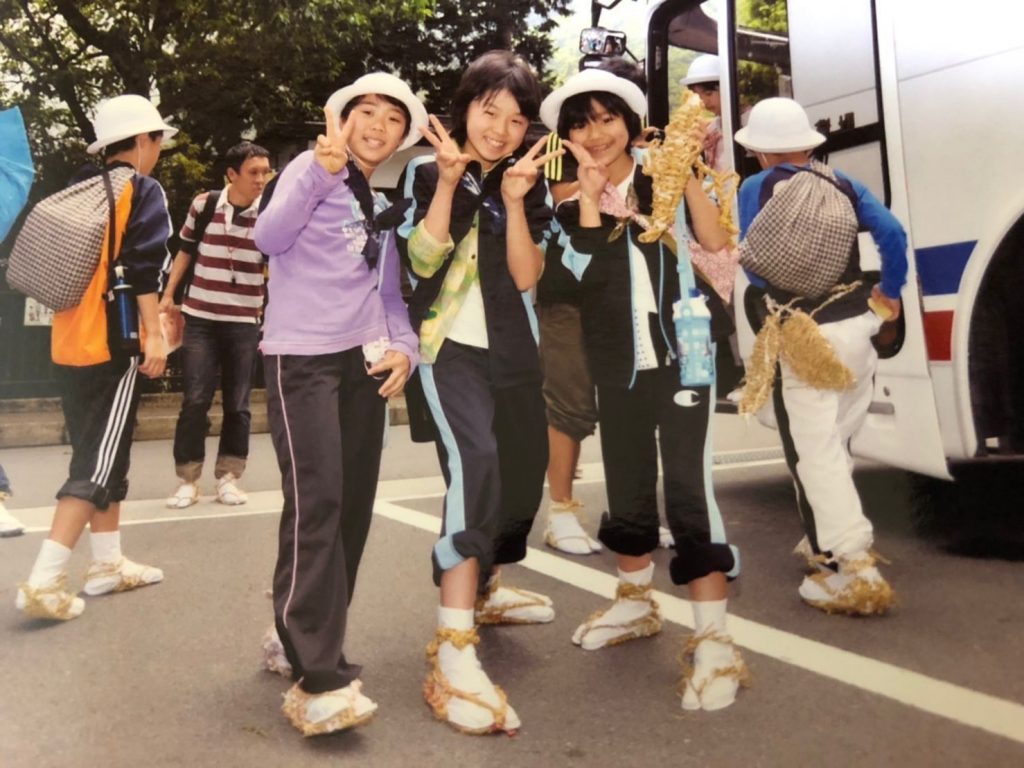Fashion Creative Roots
The Significance of Creativity for the Fashion Industry
In the wake of Giancarlo Giammetti’s observations, the discourse around fashion creative roots gains further depth when considering the overarching exits of industry creative giants like Martin Margiela, Helmut Lang, and the perspectives of Akira Onokuza, the mind behind Zucca. Their departures were not only about individual choices but symbolic of a larger shift in the fashion paradigm. Specifically, the industry moved from creativity to financial metrics.
Creativity & the current fashion industry:
1. Financial Focus versus Creativity:
Put into perspective, Martin Margiela, Akira Onozuka, or Helmut Lang’s exits resonate with Giammetti’s comments. Their departures from the industry were not merely personal decisions but reflections of a system that prioritises sales forecasts and mass production over artistic expression and innovation. This departure of creative visionaries underscores the broader trend affecting the industry’s core.
2. Consequences of Overproduction:
Akira Onokuza’s statement to Brutus Japan in 2021 about pervasive overproduction: “People are overproducing anything and everything,” further accentuates the problem. In fact, the industry’s obsession with churning out excessive quantities, fueled by consumerism, has led to environmental degradation and a devaluation of creativity in the pursuit of profit margins.
3. Reinforcing the Commitment to Change:
These departures and insights reinforce our conviction that the fashion system must undergo a radical reevaluation. By advocating for limited production, emphasising quality craftsmanship, and prioritising sustainability, we stand with industry leaders who focus on creativity and conscientious consumption.
Creative essence: the core of fashion
In short, the departure of iconic designers and industry voices like Martin Margiela, Helmut Lang, and Akira Onokuza (to mention some of the true geniuses) serve as poignant reminders of the urgent need to shift the fashion industry’s focus. By staying steadfast in our commitment to a redefined value on creativity, craftsmanship, and sustainability, we aim to contribute to the revival of a meaningful fashion.
As fashion strayed from its creative origins, its essence eroded into a pursuit solely driven by financial gain. Therefore, restoring a connection with creativity, its core – is the first step toward achieving sustainability. Only through the reclamation of its creative roots will the fashion industry find purpose and direction.
Fashion Creative Roots Read More »
